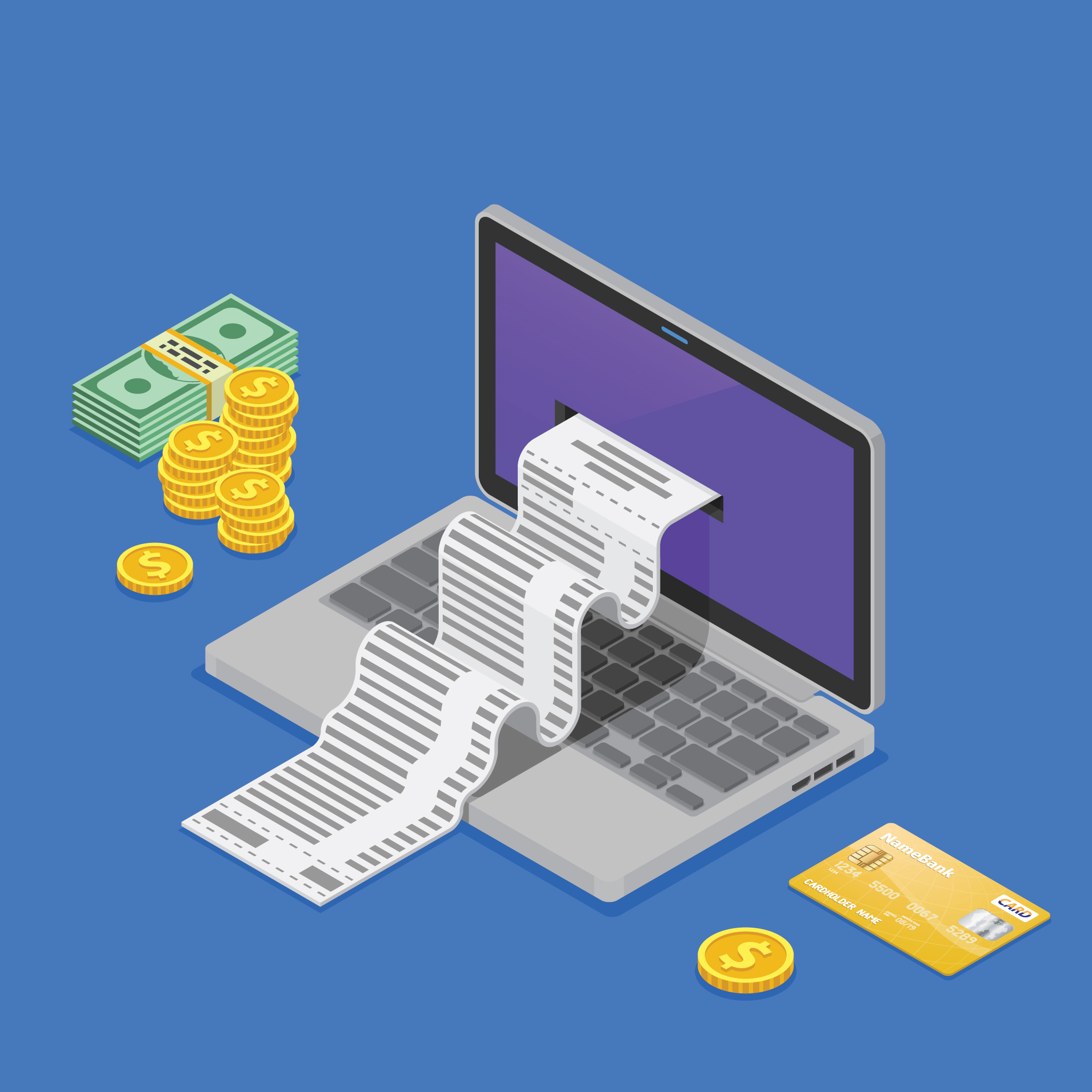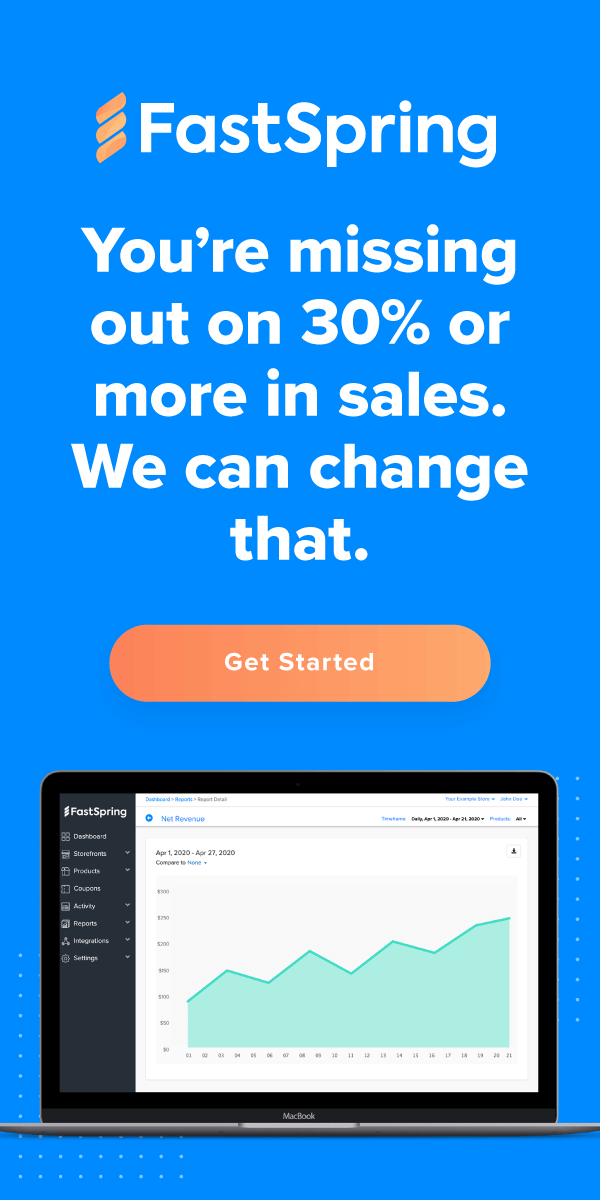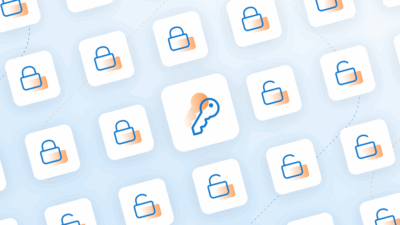Everyone loves options when it comes to pricing.
But when it comes to deciding on the best pricing strategy for your software, you have to keep in mind what makes sense for your customers and your business. To further complicate things, studies show that the majority of companies spend only six hours on pricing. Ever.
Luckily, building a successful pricing strategy is not as challenging as you may think! We’ll break down the pros and cons of monthly and annual subscriptions. And as a bonus, we’ll also help you navigate one-time fees, add-on pricing, and how it all works with your company.
The Annual Subscription Advantage
An annual subscription management strategy presents itself as a win-win for both companies and consumers. Your company benefits from a more consistent revenue stream and peace of mind knowing that your customer is committed to your product or service for a year. That means you’ll have access to more touch points with your customers—including customer service calls and emails—making it more likely you’ll convert them into a loyal fan. And as the customer spends more time with your product, they’re more likely to see its value.
Large enterprises may also have a procurement process that’s cumbersome to go through on a monthly basis. Offering an annual subscription ensures the often complex experience of going through a payment approval process takes place only once a year – sparing your customers from any unnecessary headaches related to procurement.
The Annual Subscription Disadvantage
One thing to consider before deciding on offering an annual subscription is that it’s a more significant commitment for the customer. The larger price tag will cause potential customers to spend more time considering the purchase, and this can lead to a longer sales process.
There are ways your company can work with customers who are wary of committing to an annual subscription. For example, you can offer an initial free trial of your product or service. The free trial allows them to experience your product before they commit to a full year. As an added incentive, you can also provide special discounts or promotions to help convince your free trials to convert to an annual subscription.
The Monthly Subscription Advantage
Implementing monthly subscriptions makes it easier to acquire new users. Forcing customers to pay a hefty price up front can discourage shoppers from even considering your product. This isn’t the case with monthly billing. Since these subscription contracts often extend over a fixed period, digital products on a monthly subscription plan can be priced lower than a similar product on a one-time sales model.
Likewise, hesitant buyers may prefer the increased flexibility of a monthly plan since they give shoppers the freedom to pay for what they need and nothing more! Recurring monthly payments give customers peace of mind knowing that they can unsubscribe at any time.
The Monthly Subscription Disadvantage
The downside of a monthly subscription is that your business has less time to engage with the customer and prove your value. Your customer has the potential to walk away at any point during the subscription rather than being locked in for a year. That’s all the more reason to focus your efforts and resources on those initial touchpoints with your customers. Delighting your customers with a user-friendly website, engaging welcome emails, or excellent customer service is the key to fostering long-term relationships.
Why Not Offer Both?
Offering both subscription options certainly doesn’t hurt. It is an excellent way to acquire new customers with a smaller monthly fee, as well as retain current customers with the annual subscription. The key is presenting both options in a transparent way. Your pricing page can showcase the features included in each tier, and how they differ. That annual subscription is typically a 10–20% discount on the monthly subscription. You can also show the monthly cost of the annual commitment to help convince potential customers to opt for the yearly rate.
Beyond the Subscription
Of course, monthly and annual options may not cover all of the products and features your company offers. You may have a one-time set-up fee or add-on features that can be added to subscription prices.
One-Time Fees.
This type of fee is straightforward. Businesses charge a single fee for an added product or service. This charge does not repeat as part of the subscription. For example, some SaaS solutions include a one-time fee to cover the time and resources required to assist the customer through the setup process.
The Add-On Advantage.
If your company offers a wide variety of features and tools, you may want to consider featuring add-on fees as a way to maximize your revenue potential. Add-on features provide an incentive to potential customers to pay a little more for extra functionality. Some customers prefer this “a la carte” experience because it allows them to build a customized solution plan with the exact tools and features they need for their business.
The Add-On Disadvantage.
It can be difficult to understand exactly what kind of features your users desire, and how much they’ll value specific functionality. When designing an add-on plan, be sure to clearly outline what features your customers can expect to receive from the additional purchase.
It is also a great idea to help educate customers on what features and capabilities they need to get the most out of their investment. Even a short anecdote about what similar buyers have purchased can inspire a customer to opt-in for additional services.
Incorporating Complex Pricing into Your Ecommerce Solution
Since your options are often more complex than solely monthly or annual subscriptions, your ecommerce solution needs to be equipped to handle that complexity. Especially if your user is upgrading from a monthly to an annual subscription, adding an unlimited plan, or needs to apply a discount code. Here are some things to consider when you set up and adjust the pricing structure in your ecommerce platform:
- You need the ability to change existing subscriptions such as changing the billing cycle, upgrading or downgrading the subscription plan, and canceling or pausing an active subscription.
- Your ecommerce platform needs to include the ability to apply discounts, use trial periods, set quantities, and add taxes.
- A user may cancel or change their subscription anywhere in their billing cycle. To ensure the customer is charged or refunded, a percentage of the subscription cost will have to reflect partial use. For instance, a user may change a plan with a different base cost, or to one with a new billing interval.
The right ecommerce solution will be able to accommodate charges, fixed-price options, and your recurring billing or annual subscription rates in an intuitive and automated way. We encourage you to thoroughly examine your pricing strategy from both a business and a customer’s viewpoint. Always remember that your customers’ needs are going to shift over time. So, it’s key to rethink your pricing strategy as your business evolves.
We hope this encourages you to start the journey down the road to the right pricing strategy for your business! Interested in learning more tips to make the most of your subscriptions? Download our free ebook: 8 Essential Features For Every Subscription Management System now.
![[Customer Story] Why TestDome Considers FastSpring a Real Partner](https://fastspring.com/wp-content/themes/fastspring-bamboo/images/promotional/2023/FastSpring-TestDome-blog-thumbnail.jpg)








